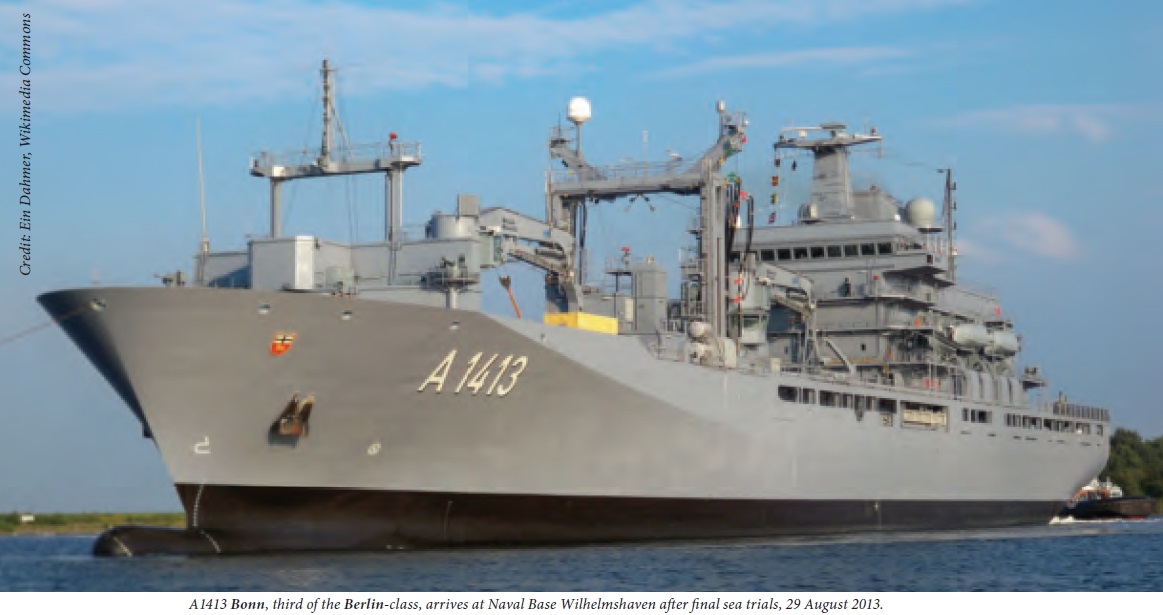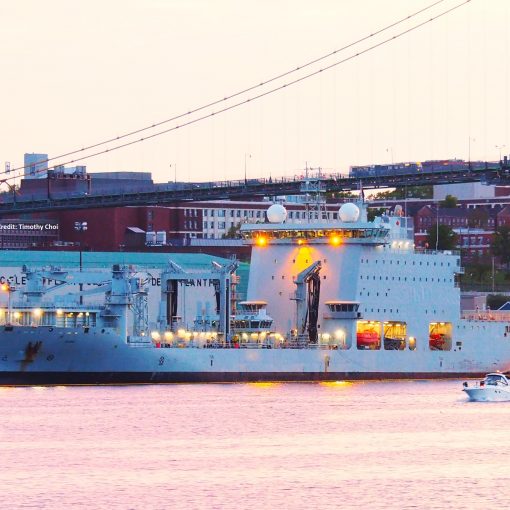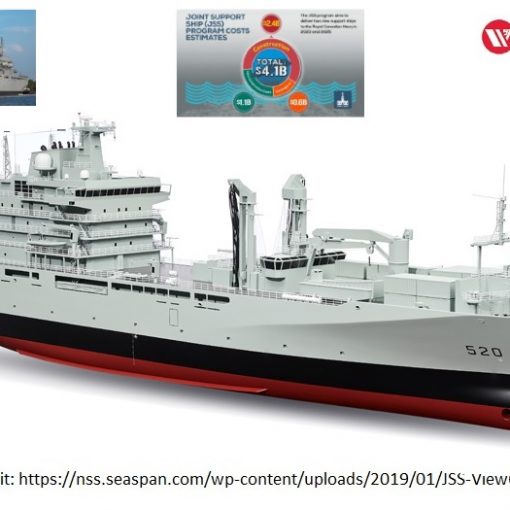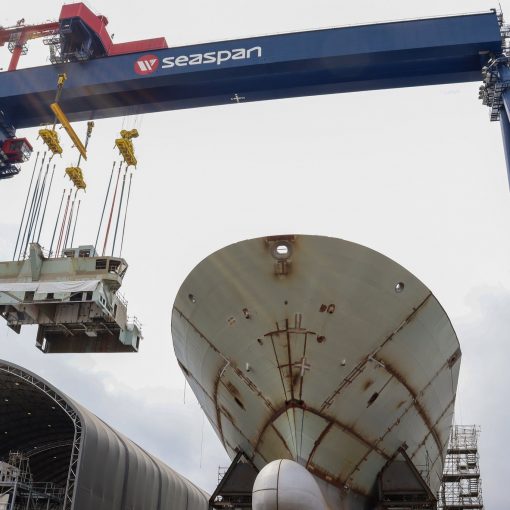On 30 November 2015, the federal department Public Services and Procurement issued a statement (http://news.gc.ca/web/article-en.do?nid=1022609) that the government of Canada had "determined that proceeding with Project Resolve is the most viable course of action to provide the Navy’s at-sea oil replenishment capability..." Project Resolve is the conversion by Chantier Davie of the motor vessel Asterix into an ‘interim supply ship,’ a term often used by the media to describe Auxiliary Oilers, Replenishment (AOR). Overall, the background section in the government statement is a reasonable description of the current situation of lack of AOR, of how the Royal Canadian Navy (RCN) has arrived at where it is, and of what having AOR means for the Navy. The statement does avoid any mention of past procurement failures leading to the present situation, as to be expected - that is a topic for other, more analytical papers. There are in the background section, however, a number of points of interest, at least for those concerned with naval affairs, and points needing editorial attention.
Of interest:
- The statement notes AOR as an important element of a 'Blue Water’ navy because such vessels allow extended operations by groups of ships. A good point to bring out, but maybe not by using such a term with such deep meaning. What a 'Blue Water' (unnecessarily capitalized) navy entails is probably unknown to the general public. There is at least one book with the term as part of its title, and the Navy's publicly available strategy document uses the term liberally, though one has to read carefully to appreciate that it does not simply mean being capable of operating on the open oceans. More explanation of the term would be useful, or its use should be avoided in such public statements.
- The statement has "The initial period of service delivery will be five years, with options to extend the period of service by up to five additional one-year periods." The potential for ten years of service by Asterix has not had wide coverage in the media to date. It is welcome news, as such a time in service increases the chances that the two new-build AOR being procured with the project title Joint Support Ships (JSS) as part of the National Shipbuilding Procurement Strategy (NSPS) will be in service before the end of that time. The Navy could well use a third AOR for some years, even if just a 'station oiler' for service around North America. One can hope that there will be consideration later for continuing the lease of Asterix past ten years. Certainly one has to wonder who else might want to pick up a second-hand but fairly new AOR after the RCN.
- The statement notes that "The JSS will be capable of operating ... over the next 30 to 40 years..." Whilst this is not an abnormal length of service for an auxiliary ship, it is long (though usual in Canada) for a combatant like a destroyer or frigate. Hopefully this '40 years' is not an implication that the ships being procured under the NSPS are expected to last that long before being reinforced with more ships. With a maximum of eight Arctic/Offshore Patrol Ships and up to 15 Canadian Surface Combatants (and it not unlikely that the numbers will be six and eleven) to be procured under the NSPS by Irving Shipbuilding, and even fewer non-combatants by Seaspan, there is therefore a possibility of a gap in ship production, with consequent loss of people, expertise and facilities. What is not being addressed is how Canada will proceed with ship procurement after the current NSPS. Will there be a continuation of the current strategy, or a NSPS II?
- It is good to read the statement noting the JSS as a "vital and strategic national asset." Usually submarines have been the only Canadian warships to be called, and deservedly so, strategic assets. In this case, does the use of those words indicate aspects of Canadian foreign or military policies, that the country intends to be able to engage globally and robustly? Hopefully they are not just throw-away words.
Editorial:
- The terms 'AOR vessels' and 'AOR ships' are used several times in the statement. This use is somewhat a 'Department of Redundancy Ministry' situation. The designation AOR means 'Auxiliary Oiler, Replenishment' in accordance with a North Atlantic Treaty Organization standardization agreement to which Canada is a signatory. An oiler is a ship, a vessel. There is no need to use such words after the acronym.
- One of the section titles used in the statement reads "Retirement of HMCS Protecteur and HMCS Preserver" (properly, it could have read "Retirement of HMC Ships Protecteur and Preserver"). Ships do not retire. Canadian warships are 'paid off' (taken out of active service), after which they are placed in reserve or for disposal to be broken up, sunk as a reef, etc.
- In the statement sometimes a ship's name is italicized and sometimes it is not. Ships' names should always be capitalized or italicized (useful, when a ship's name could be otherwise be mistaken for a geographic location like a city, or for a person). When referring to the ship class, the name is not italicized or capitalized (e.g., Queenston-class). See 'Warship Orthography' (http://rusi.ca/wp-content/uploads/2014/01/Warship_Orthography.pdf).
- The acronym STREAM is used in the statement without explanation. It means 'standard tensioned replenishment alongside method.'
- According to the Royal Canadian Air Force official designation system, the Cylcone helicopter is designated the CH148. However, it is appreciated that the term CH-148, as used in the statement, is in common use, particularly in the media.





